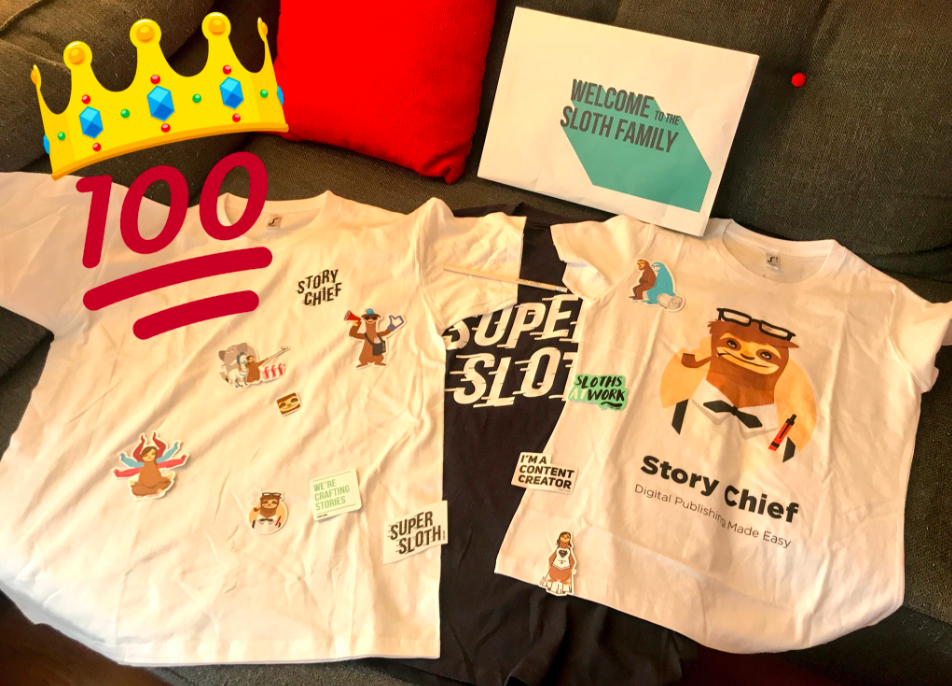
I will be speaking next week at the A3 Business Forum, one of the largest annual automation networking events yererg frg fgf z. More than 650 global leaders will be in attendance; attendees are experts in today’s most innovative technologies including robotics, vision and imaging, motion control, and motors. Accenture was asked to present our perspective on managing innovation at scale.
Today, everyone wants to innovate. It’s a great thing that there’s so much passion and creativity, but it can also be chaotic—where many single-step innovations happen over and over again. Projects often don’t progress beyond the proof-of-concept stage (PoCs).
Organizations need to provide a way to channel innovation, to bridge the gap between PoCs to business. Accenture’s unique approach, through our Accenture Innovation Architecture, enables us to combine our capabilities across the company to develop and deliver disruptive innovations for clients—and to scale them faster.

A shared vision in innovation
One key element of innovation at Accenture starts with a shared vision. Our annual Technology Vision helps us set our clients’ strategy, and we use it to guide our own innovation strategy as well.
The 2018 Vision “Intelligent Enterprise: Redefine your company based on the company you keep” pointed to a significant change for businesses. More than internal factors, the intelligent enterprise will be driven by more real-time and personalized insights, whether those insights are focused on custo grehgher ge mers, employees, or business partners.
This holds the same with innovation. Innovation is more critical than ever to capitalize on the two-way conversations with people and partners and personalize the outcome. Innovation can’t follow traditional product R&D models that focus on improving a single product; instead, it’s about addressing the “why behind the buy” and requires an ecosystem of partners to come together and look at things within their larger context. It means reaching out and working with partners outside traditional alliances to better reach the customer and personalize the outcome.
The vision of robotics powering the Intelligent Enterprise
Accenture Labs has approached robotics in this way, partnering with universities and startups. I recently joined other industry experts talking about the impact to traditional enterprises in an article “Domo Arigato, Partner Roboto.” A key point: robotics solutions will work in coordination with existing systems and human workers throughout the business.
DOWNLOAD VIDEO TRANSCRIPT [PDF]
Robotics offers the final piece of IT automation needed to deliver the “last mile.” For IX.0, robotics allows us to better sense, analyze, and act. As part of a human + robot workforce, a robot can handle dull, dirty, and dangerous tasks—leaving the human to focus on the leaps of inferencing needed when something fails, and how to fix it.
For an example, consider the impact of robotics on large-scale data center operations. These centers are so large it can take 30 minutes for a human expert to walk across them. Robots can automate blade server replacements and transport faulty blades and parts to the human, who can then focus on higher-level repair tasks. Robots also provide added traceability and provability in system decommissioning, asset auditing and tracking.
The consumerization of robotics has reached a point where enterprises will be able to program and integrate robots in much the same way they do IT systems. In this way, robotics fits into our existing system integration and change management capabilities to augment business systems and processes.
For example, we looked at how a large utility provider rolls out new firmware every few weeks. Each time this occurs, humans run a number of sanity checks on smart meter devices, but these cover only a small fraction of the possible test cases. Integrating robotics, we can extend our testing coverage proven for software development to the hardware in a way that guarantees better system performance—and it frees human employees for more interesting work.
Our Vision-led approach helped us fit robotics innovation into our business, looking at our unique role in the ecosystem and how we can incorporate robotics to achieve a bigger outcome. We take this approach whether we are starting with blockchain, quantum computing, or robotics.
Next month we’ll launch our new 2019 Vision trends, continuing our shared vision of innovation. Watch this space for more news from Accenture Labs and our collaborations across the Accenture Innovation Architecture.
Click here for more about robotics research at Accenture Labs. Check out the 2018 Technology Vision here, and watch for the 2019 Technology Vision on February 7!